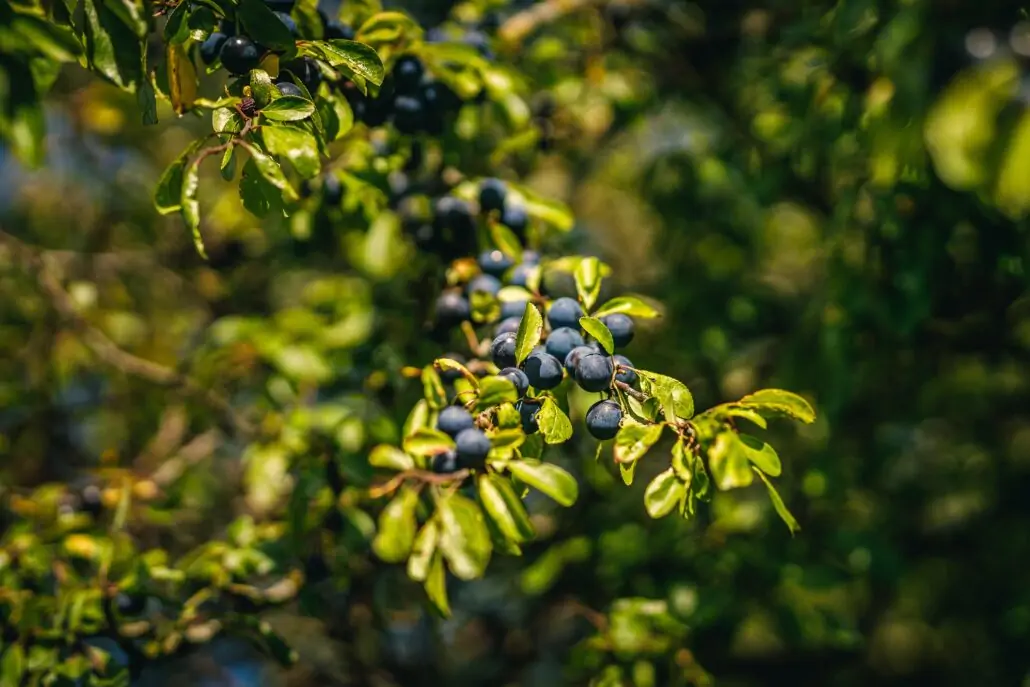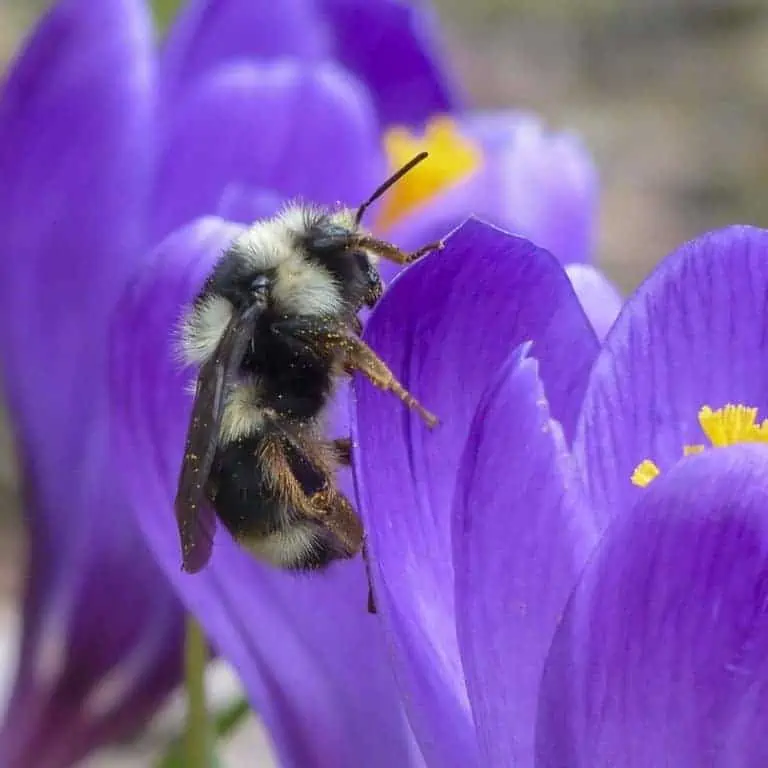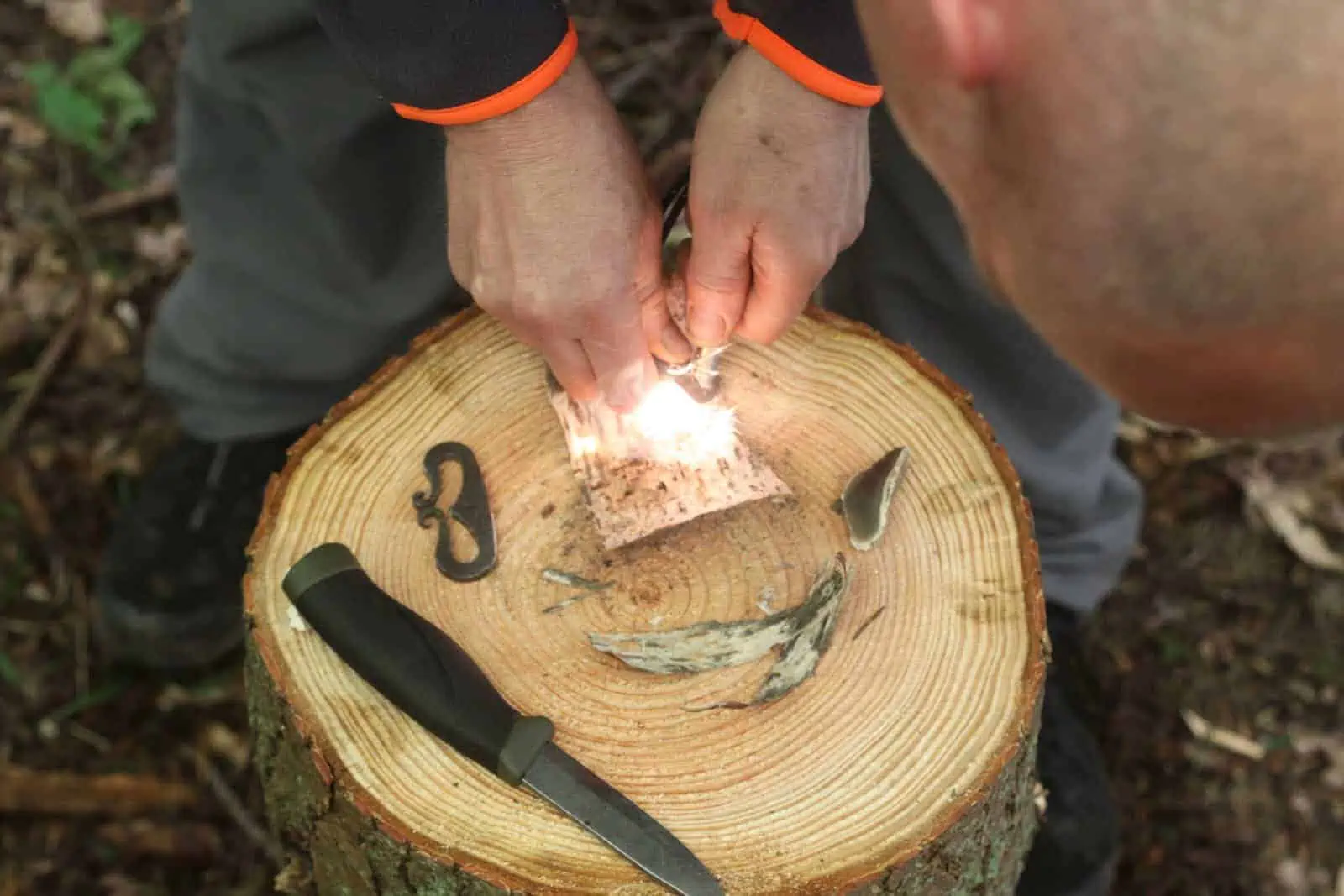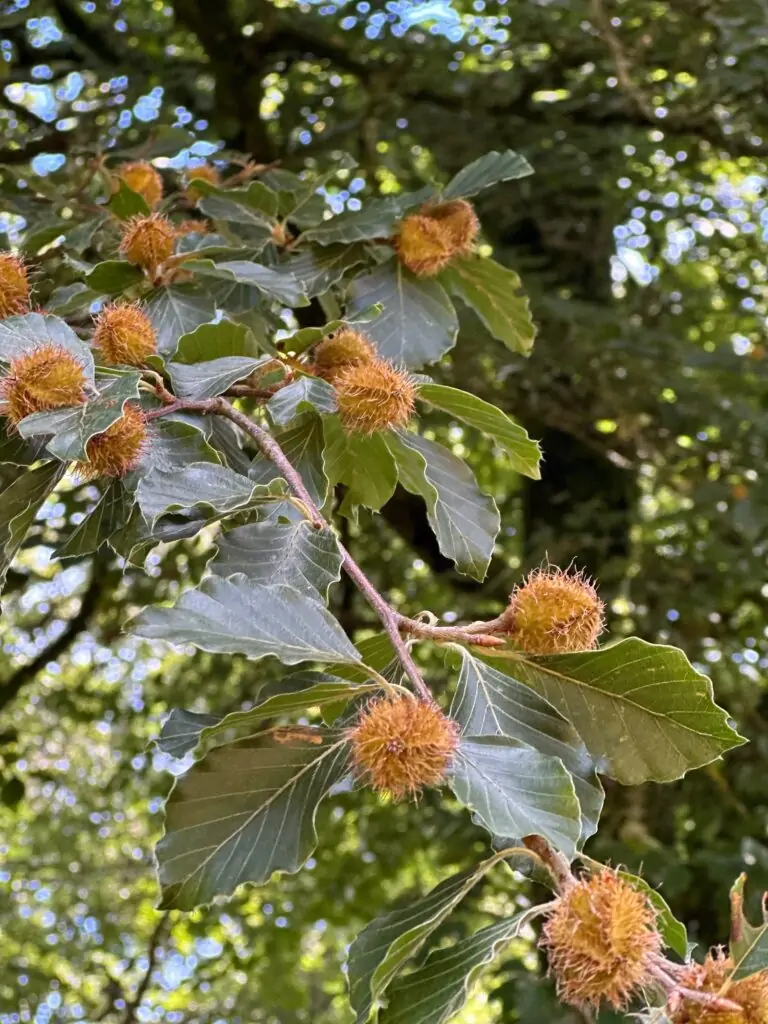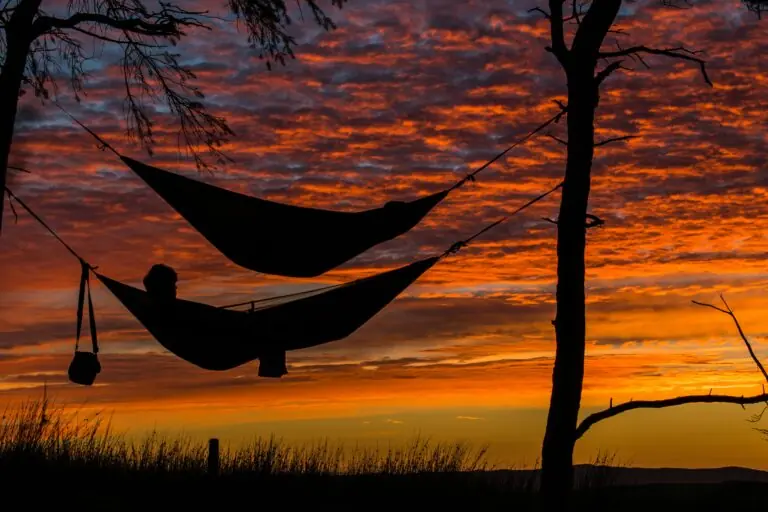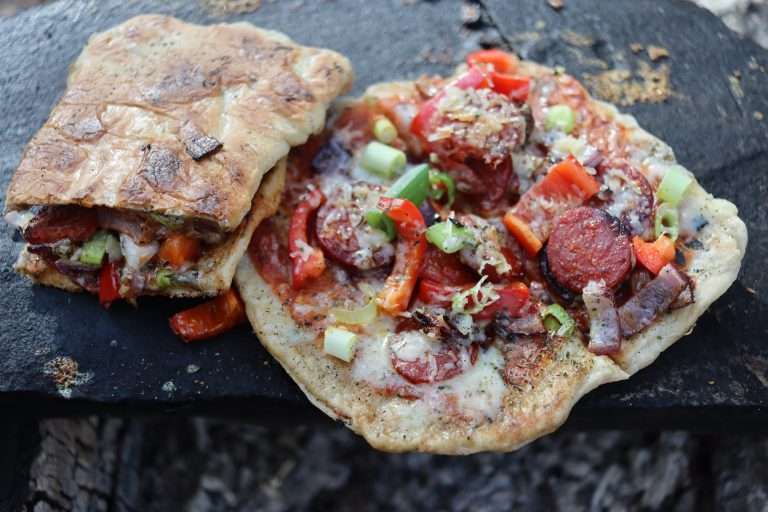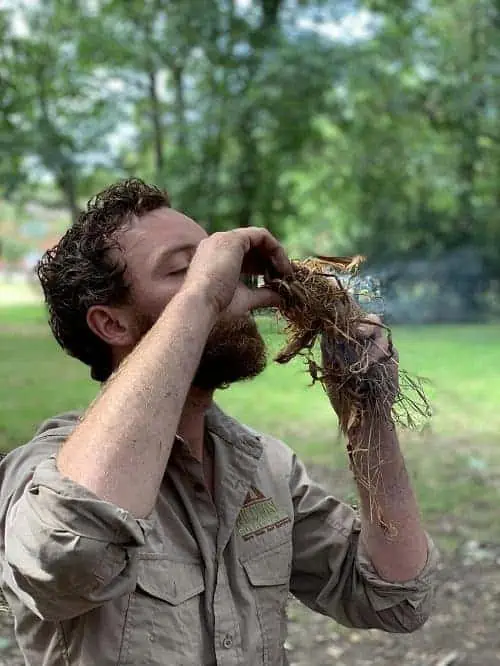But what is Foraging?
In a survival situation foraging is obviously an essential skill, so it is good to have a deep understanding of what is safe to eat, where to find it and when it’s in season. But in a non-survival situation foraging also has great benefits. Not only can you provide your body with some great nourishment, but it’s also free!
Foraging is a great way to engage in nature, to really appreciate the seasons and truly connect and appreciate the valuable environment around us.
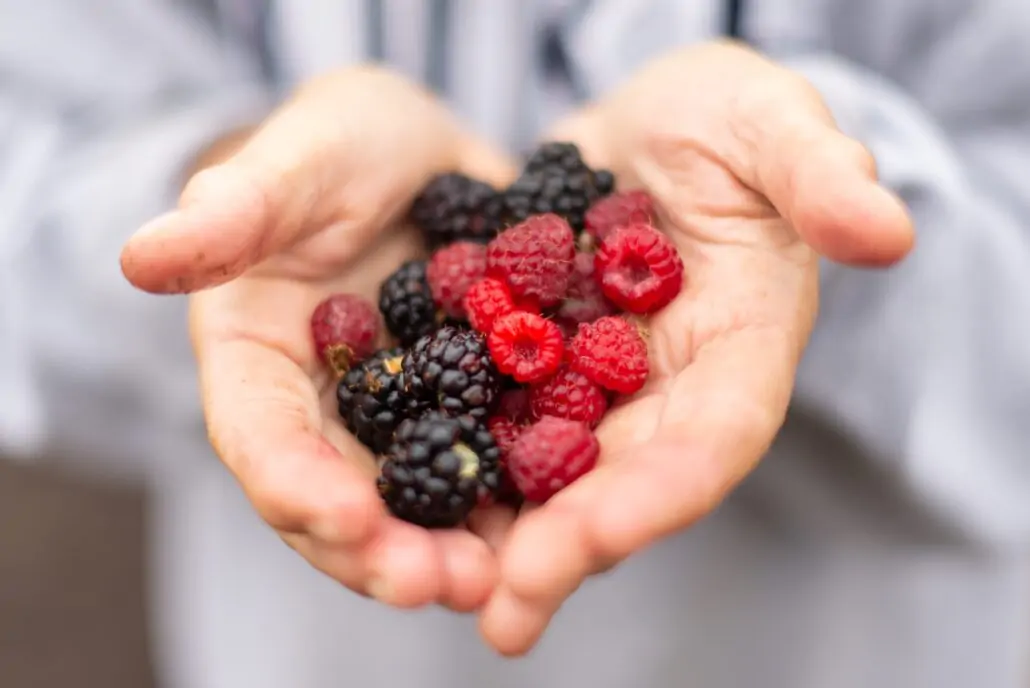
Can you just forage anything from anywhere?
No! There are some vital points to be aware of here…
*Always be 100% sure of your plant identification. Some plants are packed with beneficial nutrients, but some are packed with toxins – many of which will make you ill, but some can result in death when ingested! So it is vital that you can identify the plant before you take a bite.
So take plant identification seriously, being aware that some plants look very similar – some are edible, and some definitely not!
*Once you know what plant you have foraged, you need to know how to eat it. Many plants can be eaten raw, but there are some that have to be cooked first to be safer for you to eat. There are also some plants where you can eat the fleshy parts, but not the seeds, or where you can eat the leaves, but not the roots etc.
So be sure you know what the plant is, and how to make the most of the delicious wild edibles on offer. And remember, don’t pick it if you’re not going to use it.
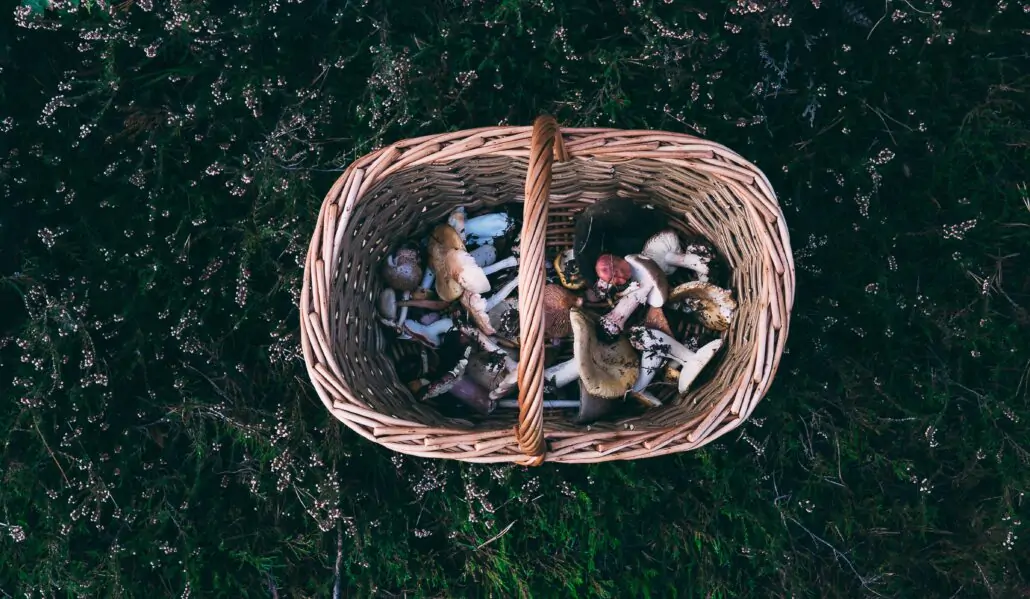
*Seek landowner’s permission before foraging – this is for many obvious reasons, but be sure you are allowed to be there but specifically ask that they are happy for you to forage. There may be certain areas where specific plants have been planted, to either help local eco-systems, part of research, or maybe for the land owner’s own personal use. So be sure to check.
*Never pick protected species! This is yet another reason to be sure of your plant ID and have an understanding of the plant’s importance to the environment and wildlife. Being aware of which plants are classed as protected is an important aspect of foraging, and working together to be responsible foragers.
*Leave enough for the wildlife – and be aware of the delicate eco-systems in the area that you are foraging, don’t just trample, go carefully with consideration. Treat the area with respect and be mindful of the fact that there are many species of wildlife that rely on forage-ables as their main food source, and those flowers and berries are part of the plant’s next life cycle and next generation. So only take a little for yourself, which leads us to our next point…
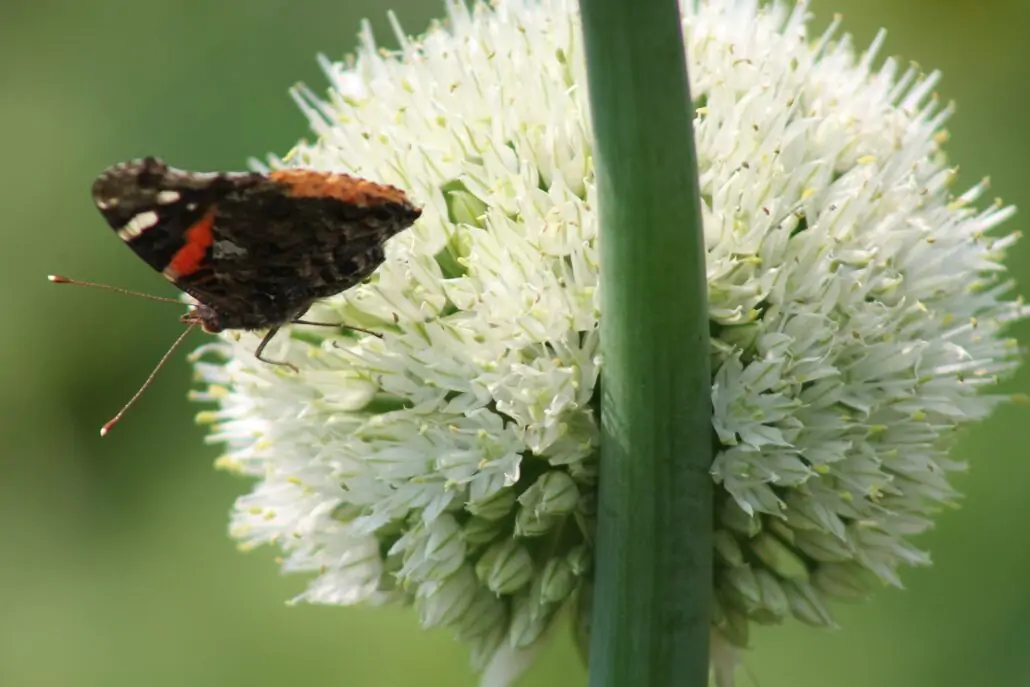
*Only pick from areas of abundance – this means that you will get some tasty treats, yet the plant’s life cycle and the wildlife that rely on them will be unaffected.
Also we need to look out for each other here too. If we all wade in and strip an area of delicious wild edibles, not only are we impacting our precious environment, but we’re not leaving any for the next forager either! And if foragers don’t all act responsibly, and forage in a sustainable manner then that gives foragers, and the bushcraft world, a bad reputation. This could impact access to areas of great foraging treasures, and further restrict access to great areas that are worth exploring.
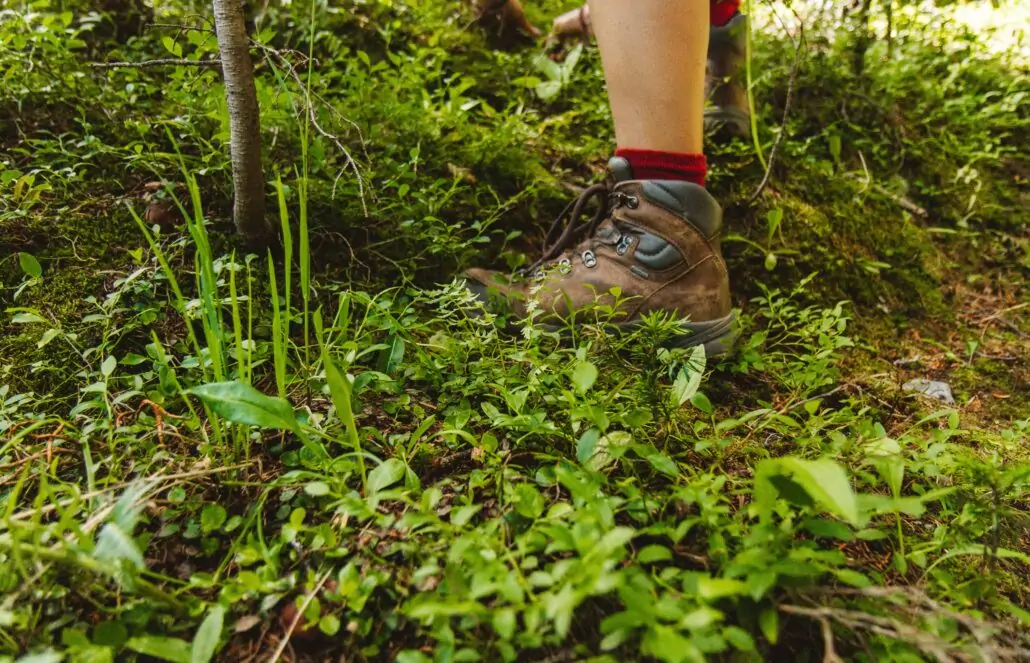
So let’s work together, be considerate to the environment around us. Forage responsibly, sustainably and safely. And remember, if you’re not 100% sure of what the plant is, then just don’t risk it!
Education is key, so get yourself some decent foraging handbooks, get on a good quality foraging course…..and then the possibilities for tasty treats are endless! The land becomes your larder!
